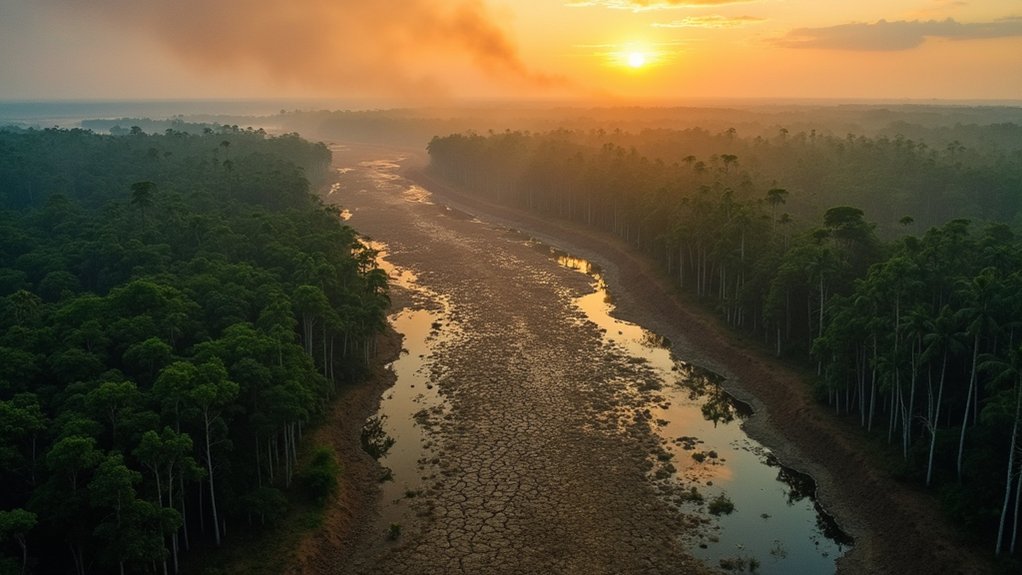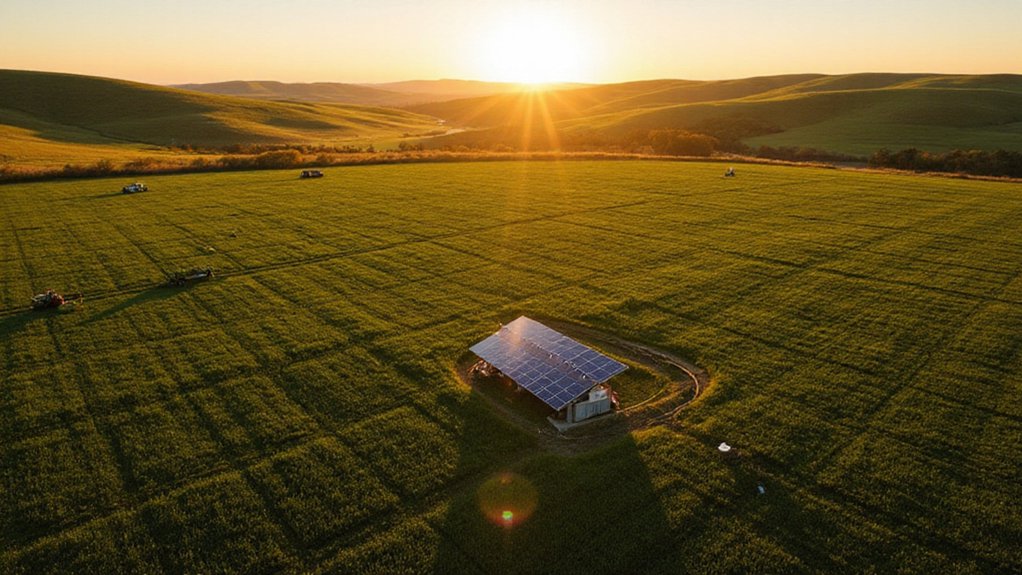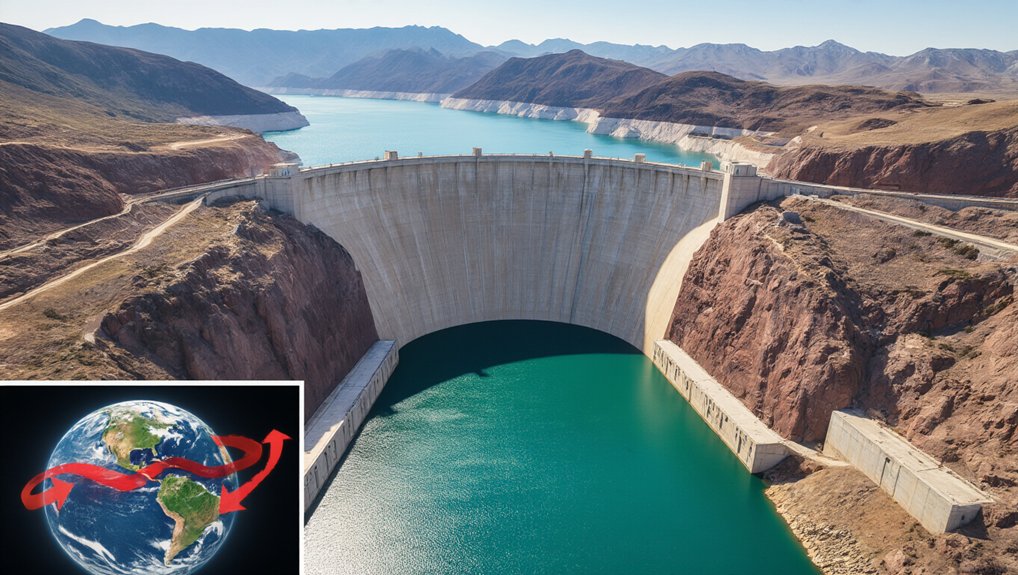When exactly did the Amazon rainforest become a desert in waiting? The numbers paint a grim picture: 13% of the Amazon biome already damaged, four “once-in-a-century” droughts since mid-2023, and climate change making these disasters 30 times more likely. The world’s lungs are gasping for air.
The current drought, stretching from mid-2023 to early 2025, ranks as the worst since 1954. Rivers hit record lows. Wildlife scattered. Indigenous communities watched their water sources vanish.
Two years of drought devastated the Amazon, scattering wildlife and leaving Indigenous communities without water.
Then came February 2025’s cruel joke—torrential rains that brought floods and landslides to the parched region. Talk about adding insult to injury.
El Niño played its part in this ecological tragedy, cranking up temperatures and shutting off the rain taps. But here’s the kicker: the forest itself is partly to blame. A 3.2% drop in forest cover over 14 years triggered a 5.4% decline in regional rainfall. The Amazon literally makes its own weather, and when you hack away at it, surprise—less rain falls.
The rainy season showed up late and weak in 2024, like a disappointing birthday gift. Forecasts for early 2025? Not looking great. The region needs serious precipitation to recover, but Mother Nature isn’t cooperating. WSIM models had predicted the transition to surplus four months in advance, but even accurate forecasting couldn’t prevent the devastation.
Meanwhile, endangered jaguars wander displaced from their dried-up homes, and invasive species move into weakened ecosystems. Fires consumed an area larger than Costa Rica, turning carbon-storing forest into carbon-emitting wasteland. AI tools like FloodHub technology are now being deployed to provide early warnings, but they arrive too late for many affected regions.
Indigenous communities bore the worst of it. Drought destroyed crops, then floods washed away what little remained. Waterborne diseases spread. People fled their ancestral lands. The infrastructure they depended on? Gone. Recovery remains painfully slow, with many still waiting for normalcy to return.
Scientists warn about a “point of no return”—that terrifying moment when the rainforest permanently transforms into something drier, something lesser. Deforestation and warming create a vicious cycle: less forest means less rain, which means even less forest. The math is simple and brutal.
The Amazon isn’t just drying up. It’s caught in a death spiral of drought, fire, and human destruction. And 2025’s rains? They won’t be enough to save it.
References
- https://news.mongabay.com/2024/12/the-amazon-in-2025-challenges-and-hopes-as-the-rainforest-takes-center-stage/
- https://www.isciences.com/blog/2025/05/06/proof-point-surplus-following-drought-in-the-amazon-rainforest
- https://phys.org/news/2025-05-amazon-forest-loss-regional-rainfall.html
- https://www.acaps.org/fileadmin/Data_Product/Main_media/20250128_ACAPS_BRAZIL_-_Impact_of_Drought_in_the_Brazilian_Amazon_and_2025_Outlook_.pdf
- https://news.mongabay.com/2025/05/amazon-people-brace-for-a-drier-future-along-the-endangered-madeira-river/








